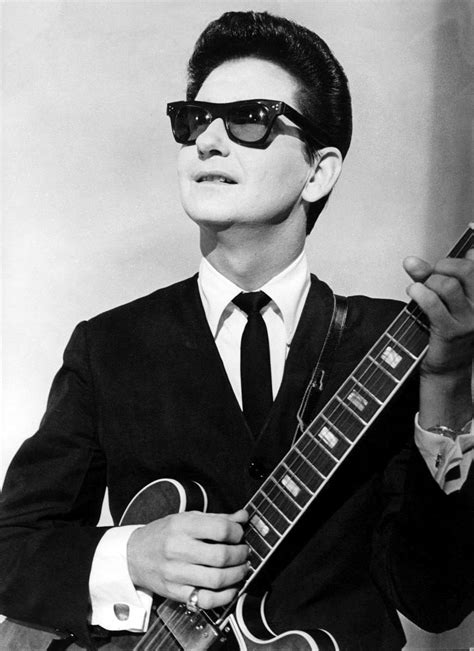By L.A. Ross, TheWrap.com April 3, 2015 @ 6:00 am

Direct-to-consumer offerings from content providers like HBO test the need for cable and satellite providers
Cable companies should be worried.
Just about every day a new network joins a streaming platform like Roku or Apple TV, or a paid on-demand service like Vessel or Hulu. HBO did it. A+E Networks did too.
Like Manhattan’s bridges and tunnels, cable and satellite services have for decades been the only means for consumers to access premium channels, specialty networks — basically anything beyond the free, over-the-air and public-supported networks that have been around since the inception of television.
But these bygone gatekeepers to content are being challenged, finally, by the networks that once depended on them for survival. It’s not just millennials cutting the cord — content providers are too.
That changing dynamic and the economics behind it are shifting the balance of power between creators and carriers.
“We are at a big turning point for the industry right now,” Roku General Manager of Content and Services Steve Shannon told TheWrap.
“Historically, what has stopped [networks] is really just preservation of the existing business model and not wanting to cannibalize a wonderful business with a lower-margin business on the Internet. But the millennials and the cord-cutter segments of the market have become so large now that they’re just too large for the programmers to ignore,” Shannon added.
Nearly a quarter of Americans in the coveted 18-to-34 demographic have either cut their cable or satellite services or never signed up to begin with, according to an October ComScore survey. Instead, 61 percent of millennials subscribe to pay streaming services like Amazon Prime, Hulu Plus and Netflix, accessed via devices like Amazon Fire TV and Roku.
If networks can get a piece of that pie, Shannon says, they can supplement their revenues as well as break free from the traditional advertiser-based cable model.
“Both the programmers and the advertisers need to find a way to get to the cord cutters, the cord nevers, the millennials who don’t subscribe to traditional pay TV services,” Shannon said.
“They’re absolutely determined to do that, and they will,” he added. “And the way they’ll do it is to go over the Internet.”
Dennis Wharton, executive vice president of communications for the National Association of Broadcasters, said broadcast television is ready to embrace over-the-top platforms.
“What networks and stations are doing now is, we’re hedging our bets,” Wharton told TheWrap.
“We can’t be a single-platform delivery service,” he added. “Let’s try to get our programming on as many devices as is humanly possible.”
Wharton said broadcast — which includes the major networks ABC, CBS, Fox, NBC and the CW, as well as local stations nationwide — is better prepared to survive the transition to streaming content than cable.
READ THE REST OF THE STORY HERE
Cable Chaos: Companies Grow Desperate as Over-the-Top Crisis Strikes








I am 71 years old, and I didn’t feel the monthly cablevision fee was good value for the service I received. I cut the cord. I live without TV and quite like it. My son, (age 39), talked to his family and he too cut the cord, (scratch two from Shaw). I don’t miss TV, my son subscribes to services via the internet and saves himself $90.00 per month. I still get my news fix from the computer and to hell with cablevision.
Arnie you gotta try the old rabbit ears and see the amazing local TV you can pick. Crystal clear digital signals over the air. Better than what cable delivered. Support local with over the air and cherry pick your on-line options. It’s a new world.